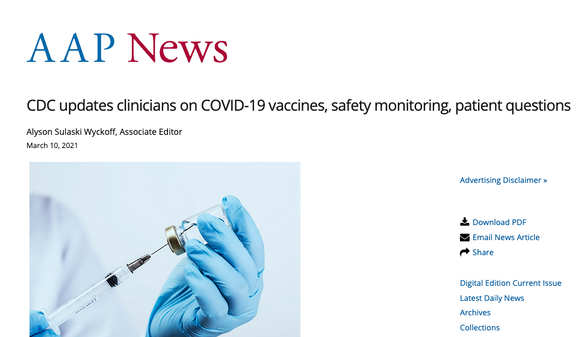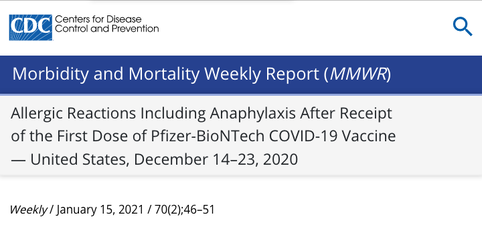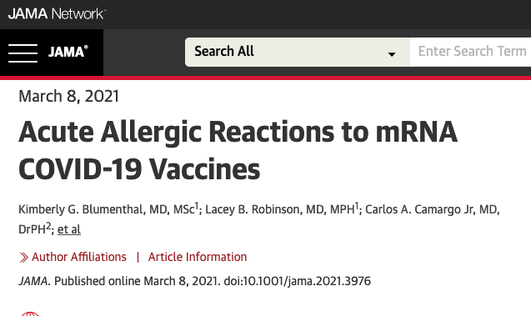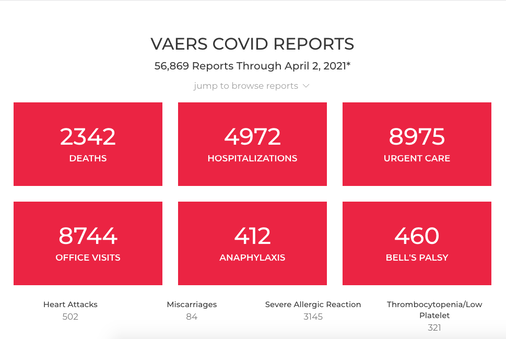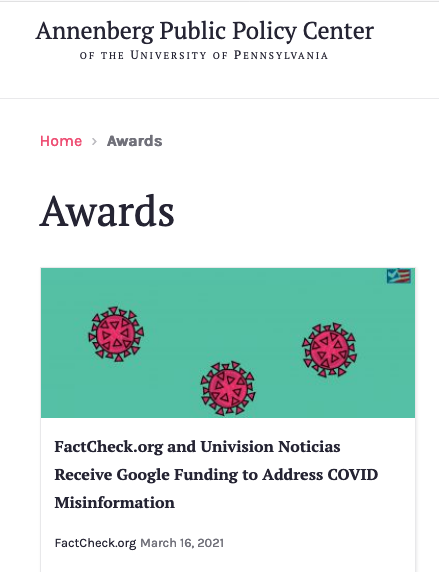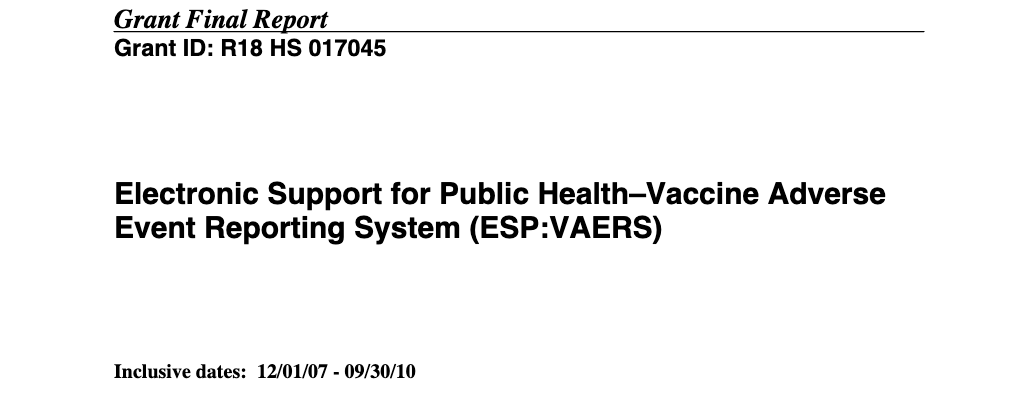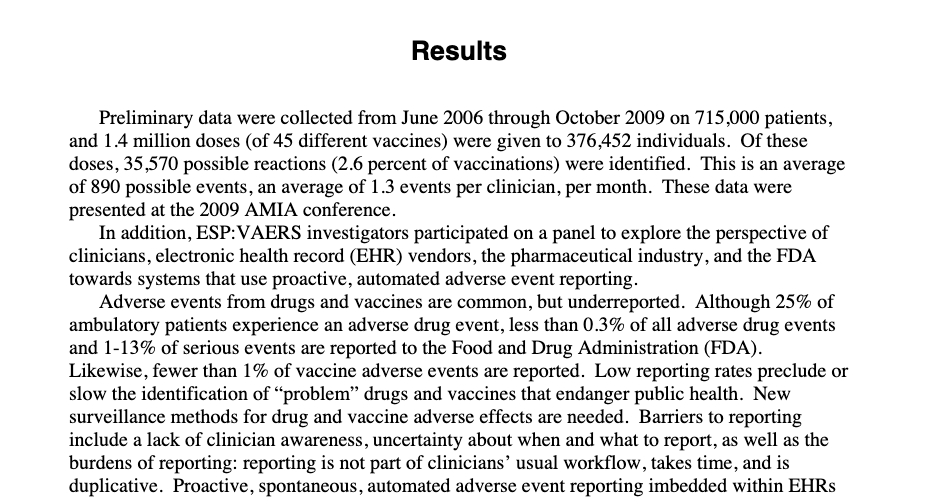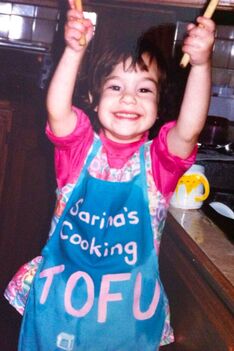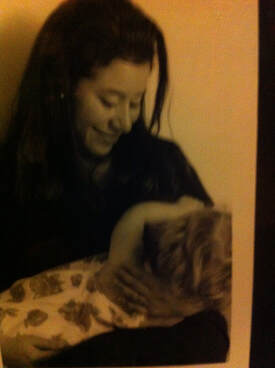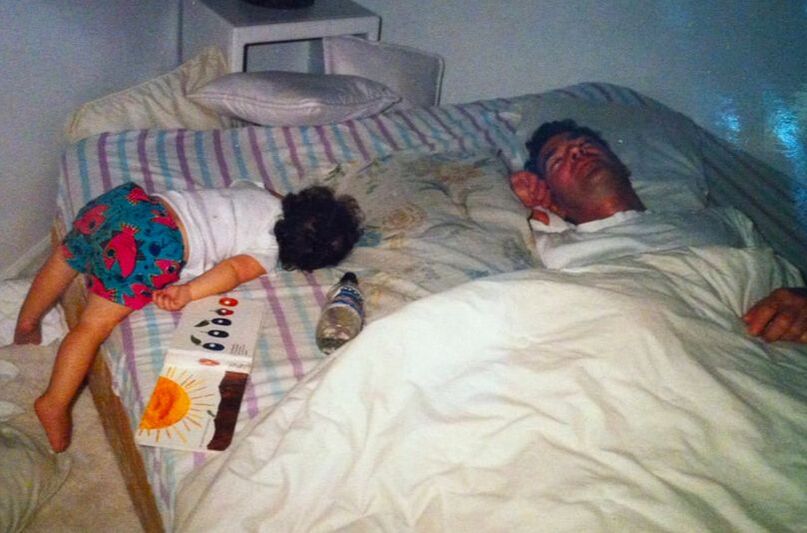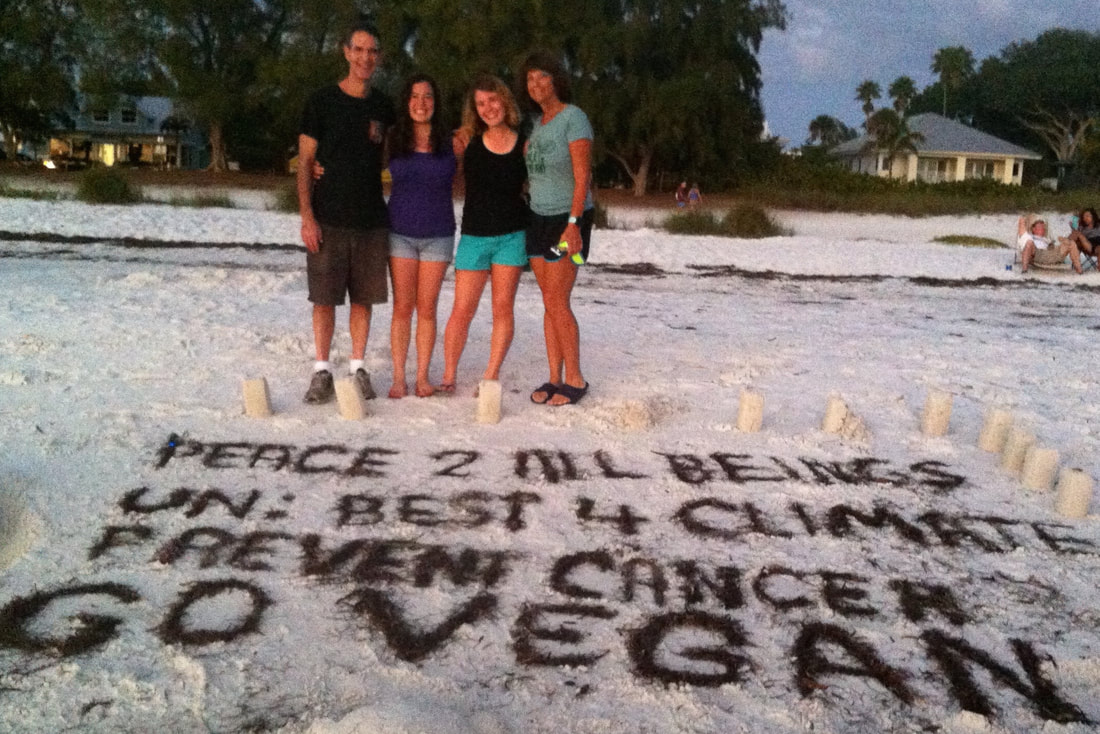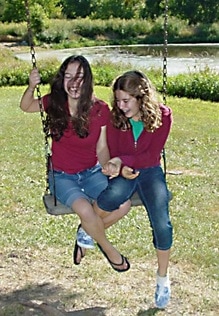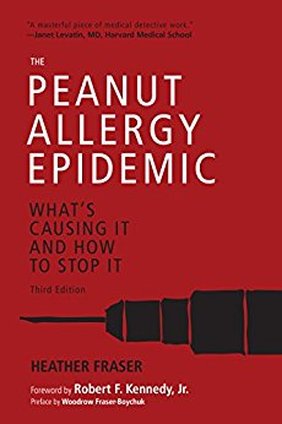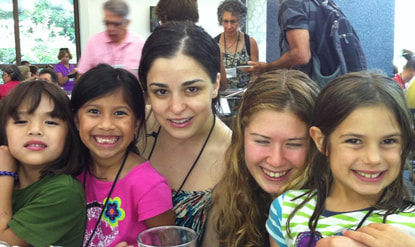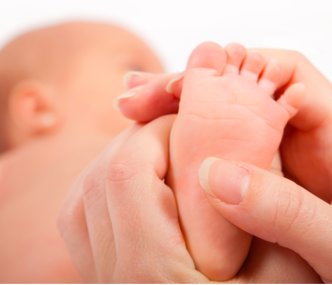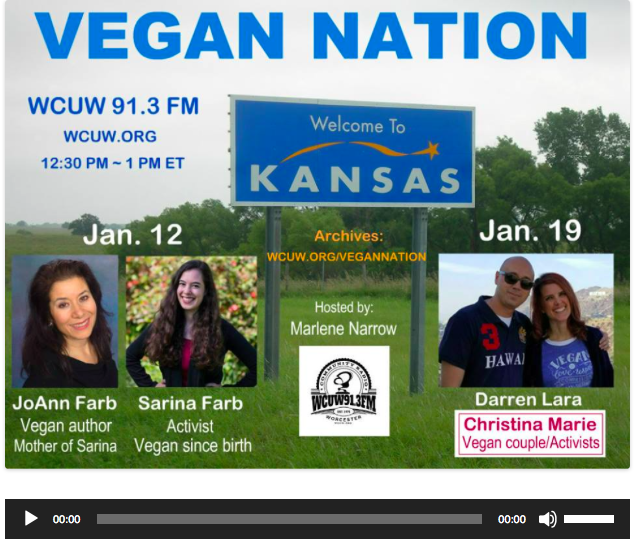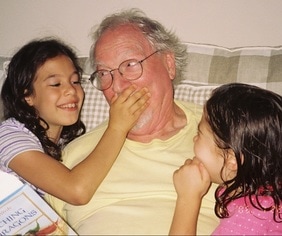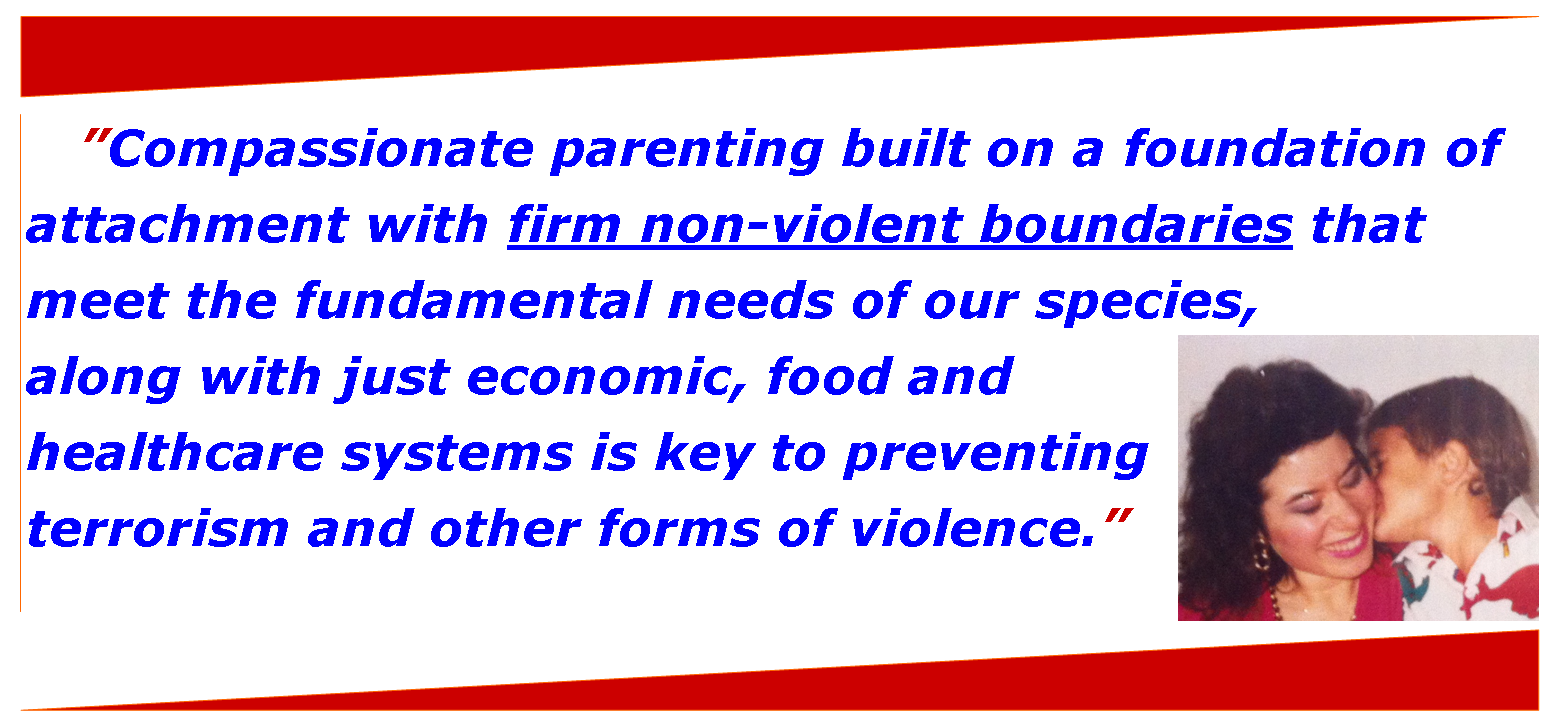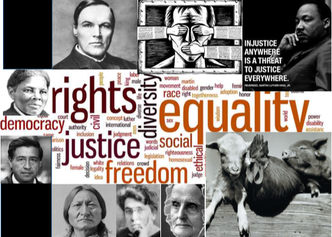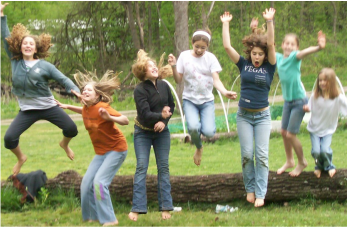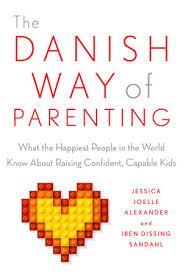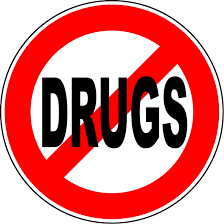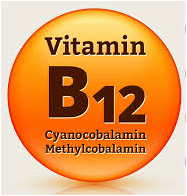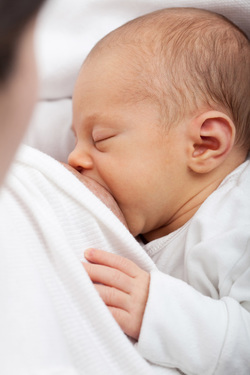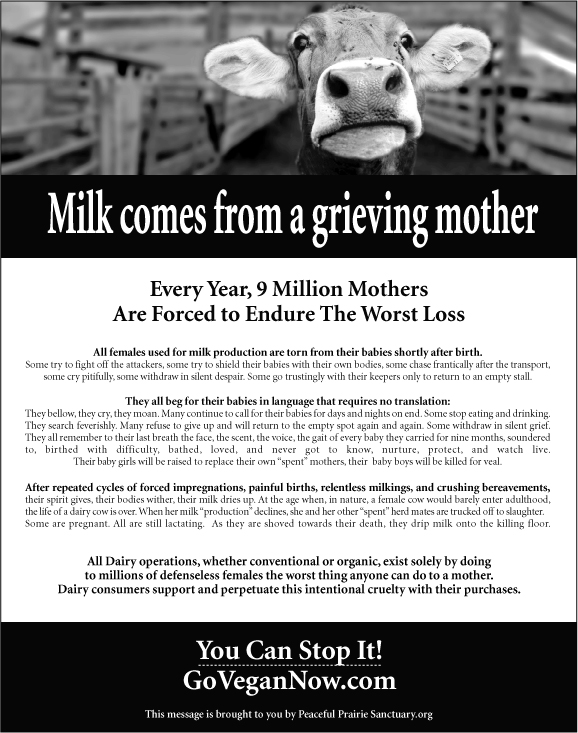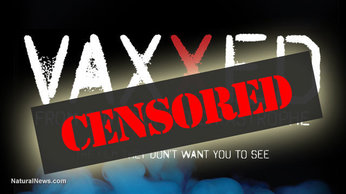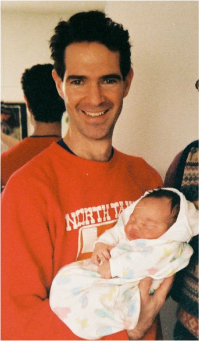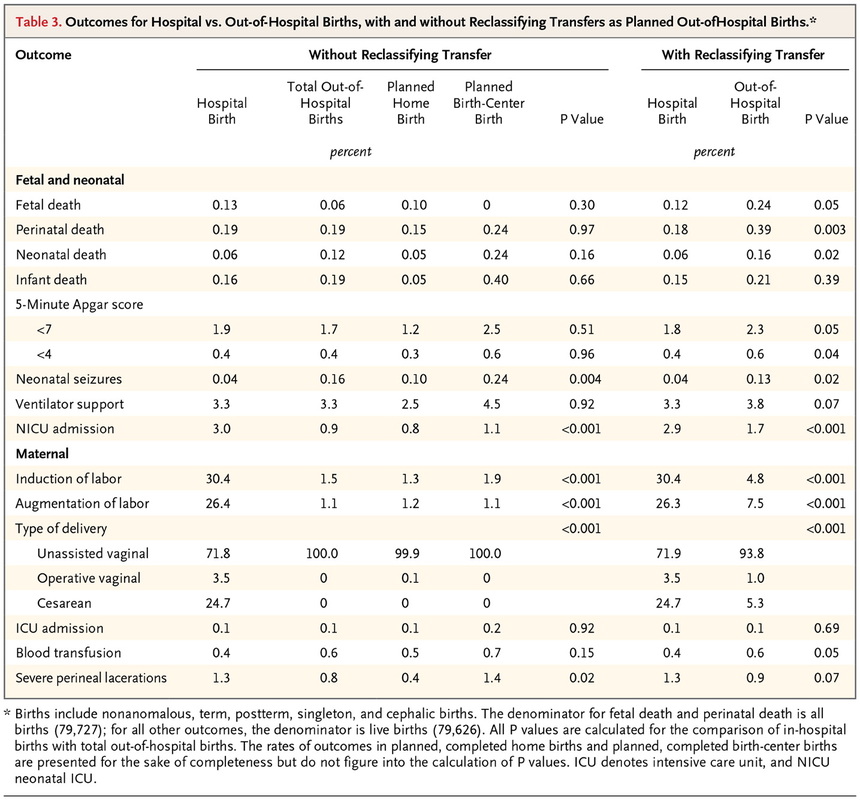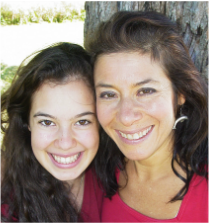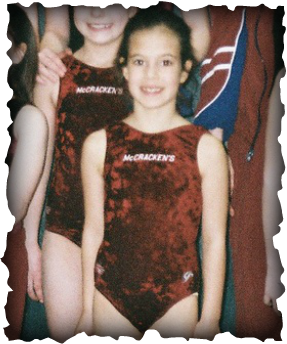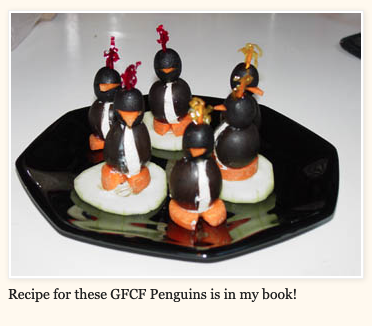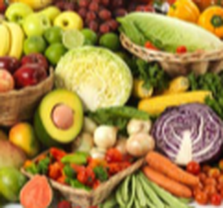Their slogan says, "Dedicated to the health of all children." But after looking at this March 10 article on this page, (screen shot below) I think it would be more truthful if their slogan was, "Dedicated to the fiscal health of all pharma shareholders."
I found so many problematic statements in this article -- how could any objective person with familiarity of the published science fail to see they have cherry picked their sources to support their pro-pharma bias? In the interest of keeping this short I will deconstruct just one statement from this article. They said there were only 4.7 cases of anaphylaxis per million doses:
But the CDC in this report put the number at more than double that, at
11 cases per million doses:
However a more thorough analysis in the Journal of the American Medical Association suggests that there are 247 cases per million doses:
Meanwhile the government's own passive reporting system (which a previous analysis by Harvard suggested only captures a tiny fraction of injuries reported following a vaccine) shows these numbers as of April 2, 2021:
| In response to the comment by John (below) I am updating this post -- to include a screen shot -- showing that the fact check site john linked to is funded by Google. People should keep in mind, that the year 2020, saw the greatest transfer of wealth ever to take place on this planet -- all going to billionaire philanthro-capitalists (Like Bill Gates, Jeff Bezos and Larry Page.) Arguably, Google has ahuge vested interest in the narrative that has driven our entire response to COVID. And here is the report (some screen shots from it below) that our government commissioned Harvard to do to study how well VAERS was doing at capturing vaccine reactions. It basically says VAERS captures about 1% of actual vaccine adverse events. Keep in mind, our government has provided billions of taxpayer dollars just for propaganda to influence people to believe that the vaccine is safe and effective. |
